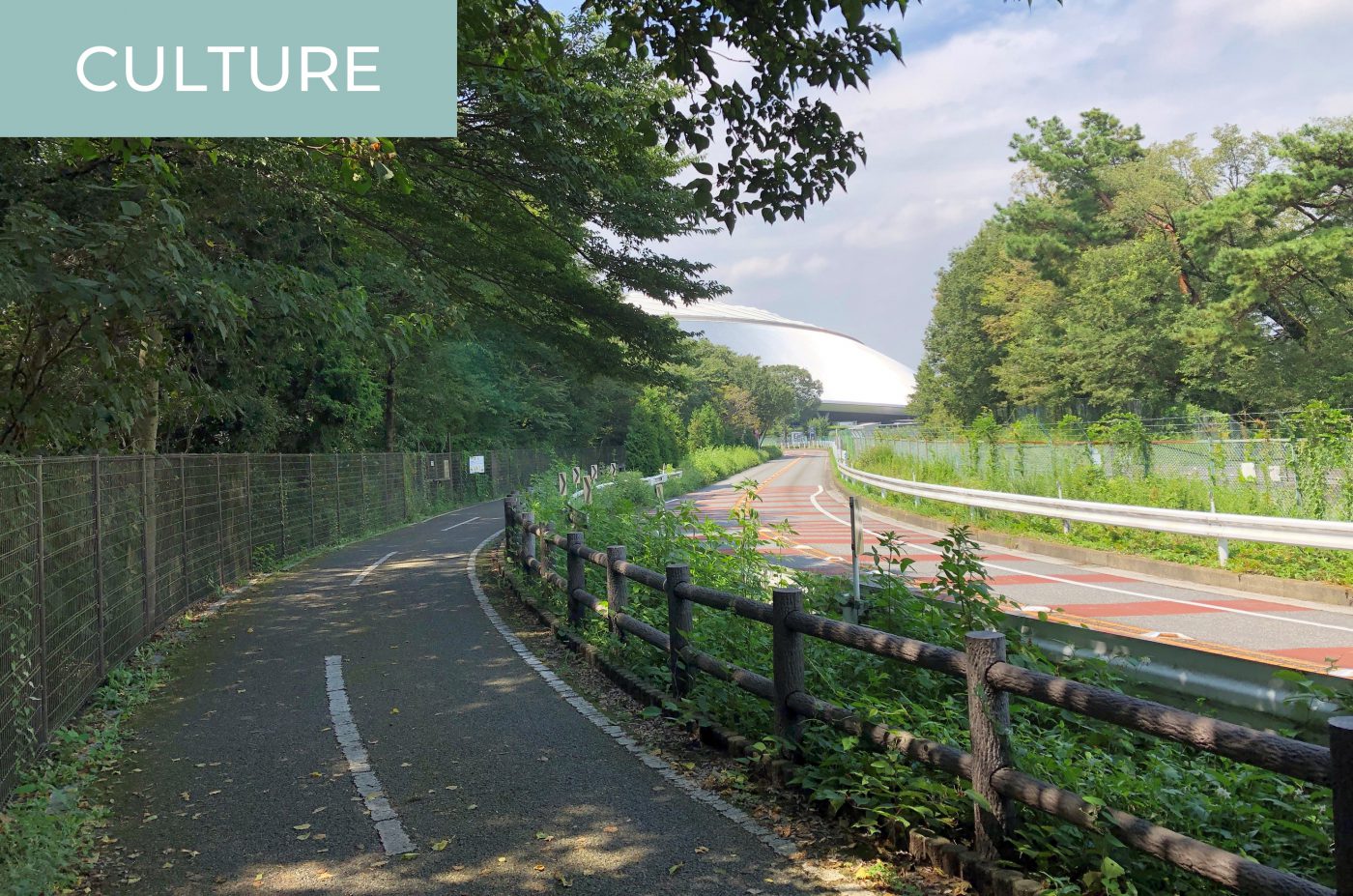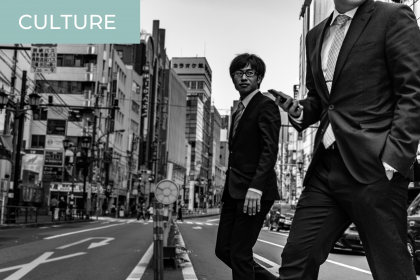Living on the west side of Tokyo is affordable and convenient, especially if you live near Shinjuku. However, I often lament the lack of cycling infrastructure in this part of the city. Additionally, the dense urban sprawl between central Tokyo and the mountains to the west leaves few opportunities for cycling in nature.
Fortunately, if you’re up for a 40- to 60-kilometer round-trip bike ride, the Tamako Cycling Road (Tamako Jitensha-dori) will take you to a place that will make the winding, narrow streets of west Tokyo a distant memory.
Come Along for the Ride
Expats and long-term residents will probably get the most out of this article, however, if you are a short-term visitor who loves cycling, you’re welcome to come along for the ride. No bike? No problem. Just rent one from Extremo and have it delivered to your accommodation.
Read on for a step-by-step guide to a west-side cycling course that will take you to the Tama and Sayama lakes that straddle the border of Tokyo and Saitama prefectures.
Rolling Out
Kichijoji Station on the JR Chuo Line is the most convenient starting point for your journey beyond Tokyo. Just head northwest on Inokashira-dori (street), a main thoroughfare, and after about 4 kilometers of urban cycling, you’ll reach the beginning of the Tamako Cycling Road.
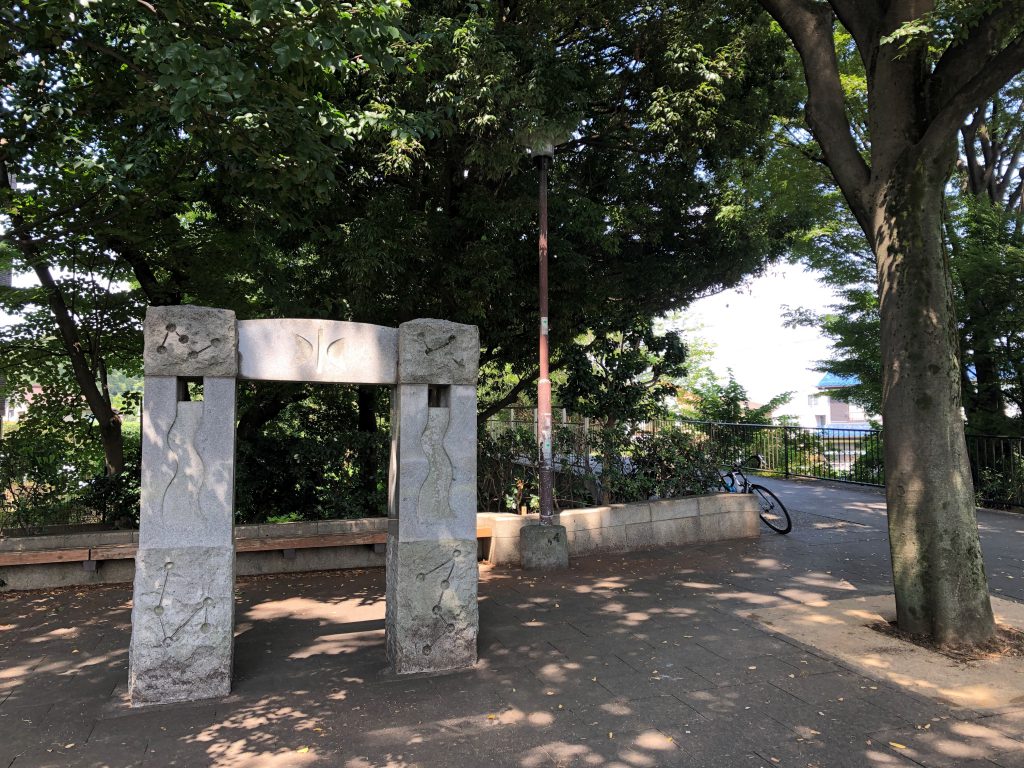
Cruise Control
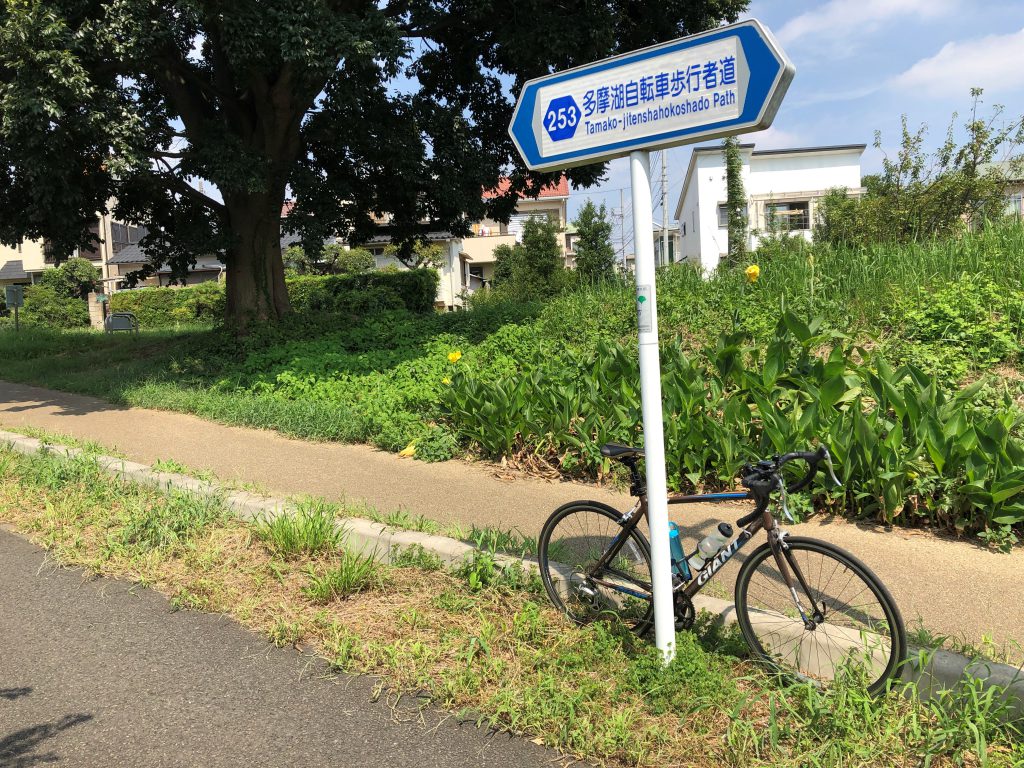
Judging by this sign, it looks like the Tokyo Metropolitan Government is renaming the Tamako Cycling Road to the Tamako Cycling and Pedestrian Path. Regardless, most Internet resources and maps still refer to it as the former.
From here, the stress of urban navigation melts away as you enter a 22-kilometer dedicated bike path that will effortlessly guide you to Sayama Park and all the way around Tama Lake. No longer will you have to inhale exhaust fumes or constantly weave around the precariously parked vehicles of the city streets. Only bikes and people are allowed on this straight-shot road to the foothills on the edge of Tokyo. The path is relatively flat, with only one major incline marking your ascent to Tama Lake.
Choose Your Own Adventure
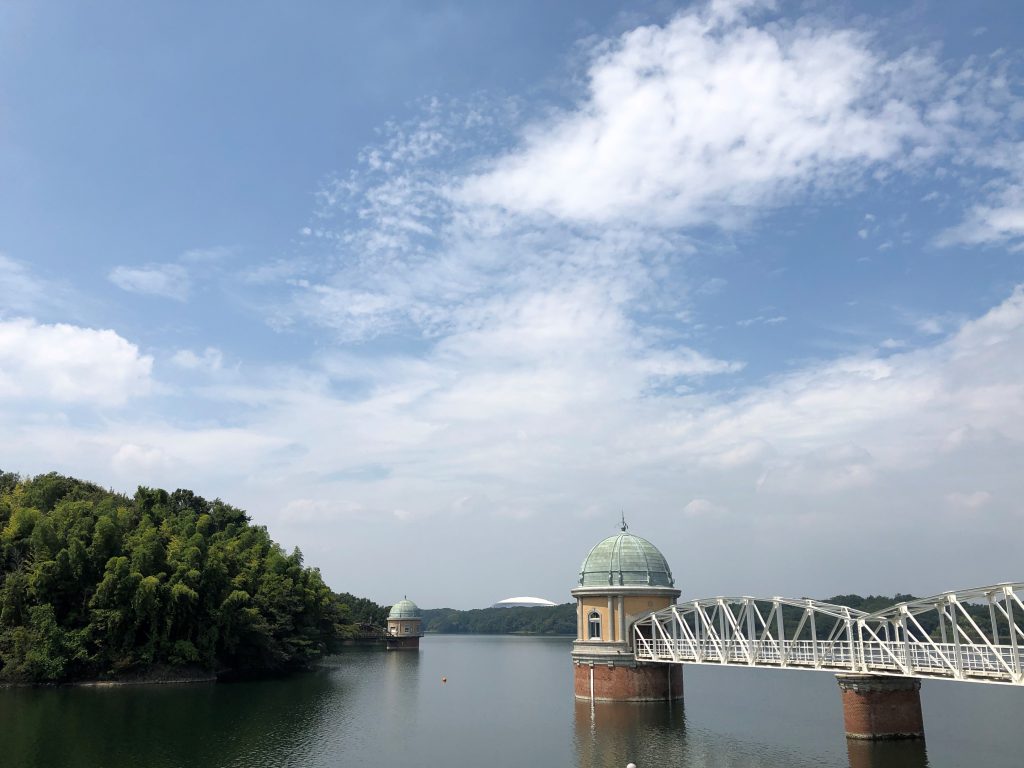
Tama Lake (the “ko” in “Tamako” means lake), a man-made reservoir that serves as one of Tokyo’s main water sources. Once you conquer the steepest incline on the cycling road, you’ll be rewarded with this gorgeous view. The Seibu Dome is in the distance.
Once you reach Sayama Park and the adjacent Tama Lake, a new, lush green world opens up before your eyes. From here, you can do as much as your energy levels can handle.
Take a break for a lakeside lunch while you ponder what to do next. For the full experience, you’ll want to continue cycling around Lake Tama and then head back to Kichijoji Station the way you came. Feeling a little tired? Then you can opt for the “half course.”
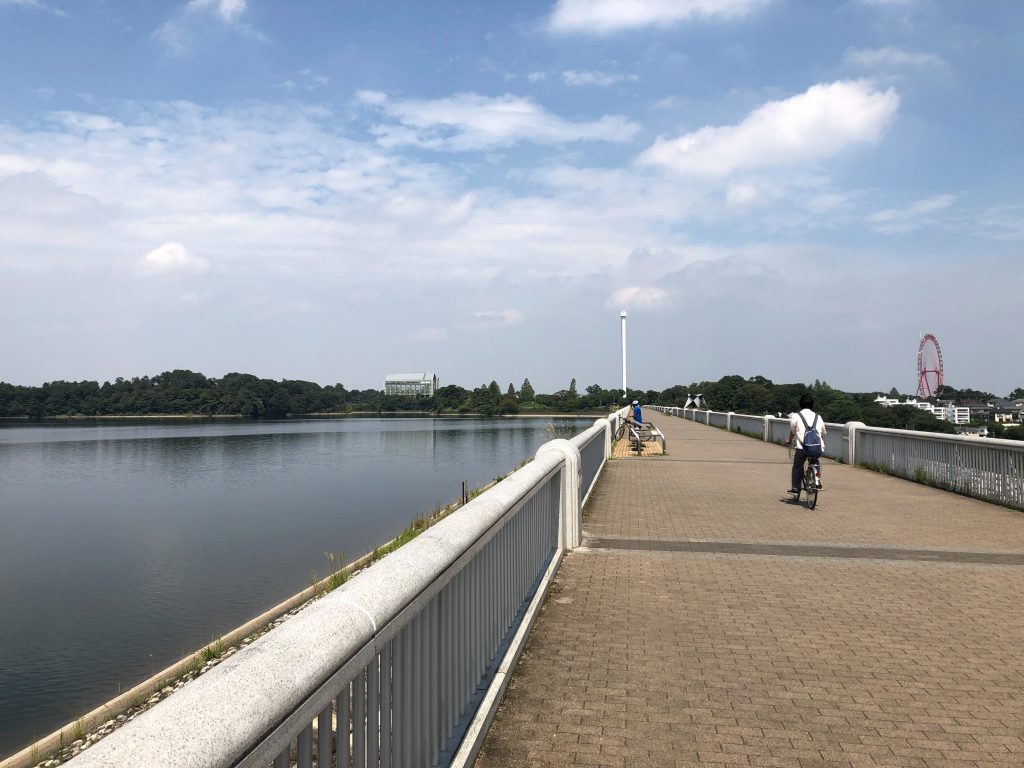
Finally, if you are energetic and adventurous, you can continue cycling around the neighboring Sayama Lake, officially venturing into Saitama Prefecture. You can even stop by Totoro’s Forest, the location that inspired the splendid scenery in Hayao Miyazaki’s animated classic, My Neighbor Totoro. The longer you explore, the harder it will be to believe that Tokyo is just beyond the tree line.
Tips for Making the Most of your Ride
Despite the ease and convenience of this course, there are a few things to keep in mind to ensure that your journey is as enjoyable as possible.
Watch Your Speed
Although it is labeled as a bike path, the Tamako Cycling Road is fair game for pedestrians as well. Even though the busier sections of the path have a designated lane for pedestrians, people tend to wander into the bike lanes (especially while enthralled by their smartphones). Therefore, keep your eyes peeled and watch your speed on the sections of the path that are near busy train stations.
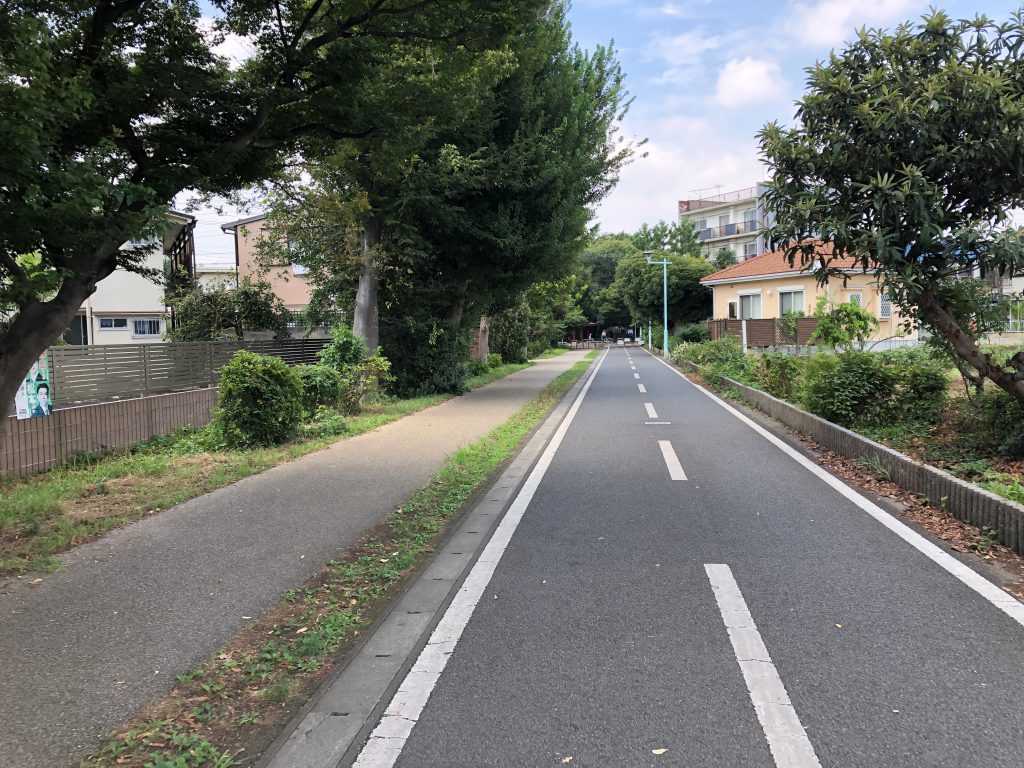
Pay Attention to Crossings
The Tamako Cycling Road crosses other streets from time to time. Many of these intersections are marked with traffic signals, but some of them simply require cars to yield to pedestrians and cyclists. Slow down and look both ways before crossing at these points, just in case.
Stay Fueled
The Tamako Cycling Road cuts through a quasi-urban environment. This means that you’re never far from convenience stores and vending machines. Don’t hesitate to take advantage of this if you run low on water or energy-boosting snacks.

Lunchbreak at the lake with a tamagoyaki (fried egg) sandwich. The FamilyMart convenience store on the northeast end of Tama Lake is the perfect place to pick up some snacks for an impromptu picnic.
More to Come
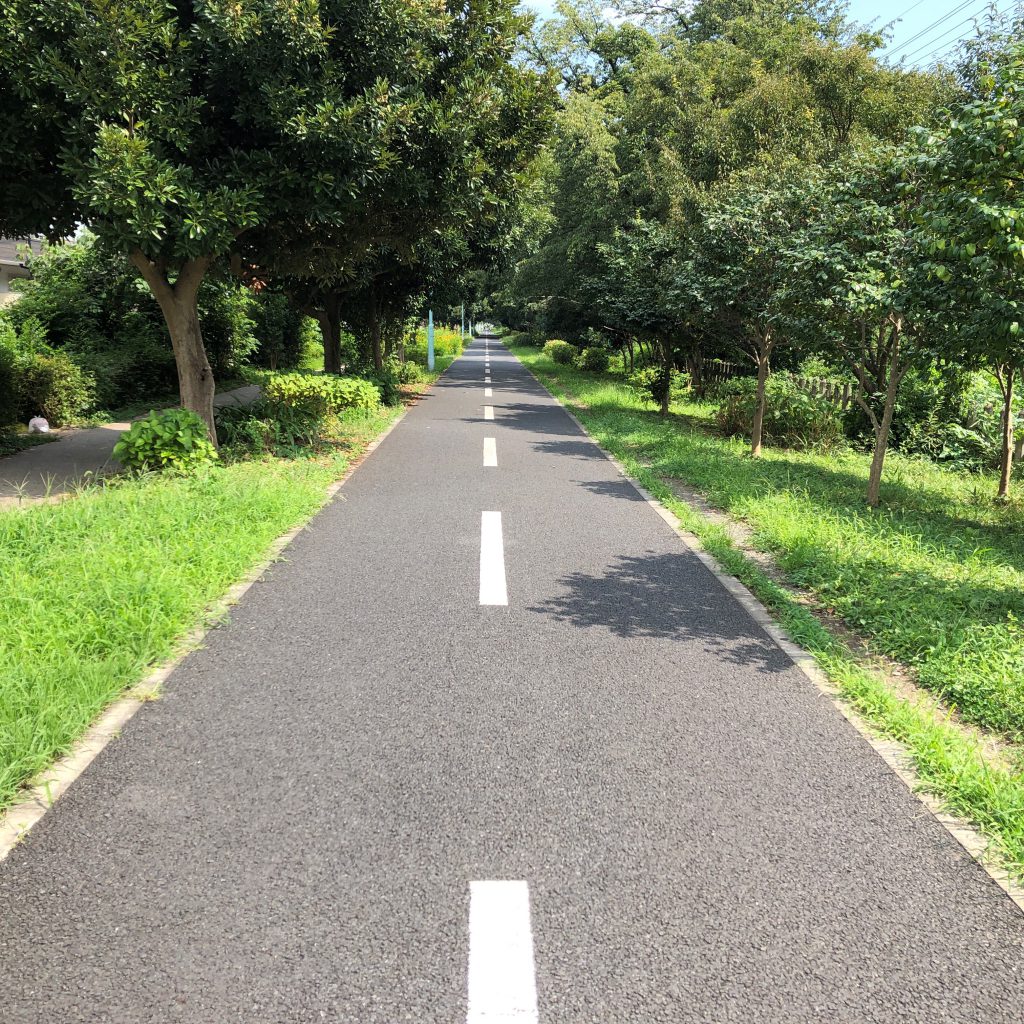
Cycling from western Tokyo to Saitama via the Tamako Cycling Road is easily one of the most rewarding rides I’ve experienced in my 10-plus years in Tokyo. My round-trip ride was 55 kilometers and I only scratched the surface of what awaits in the beautiful, verdant area surrounding the Sayama and Tama lakes. Stay tuned for more content as I venture even further into this fascinating region.
Looking for an even greater cycling challenge? Check out this guide to the Shimanami Kaido, Japan’s cycling sanctuary.

